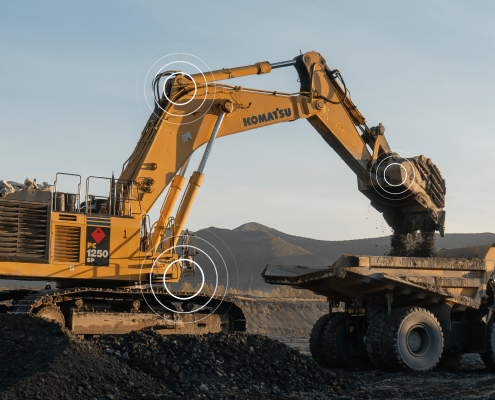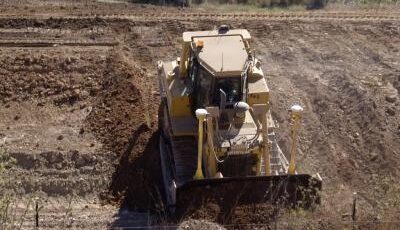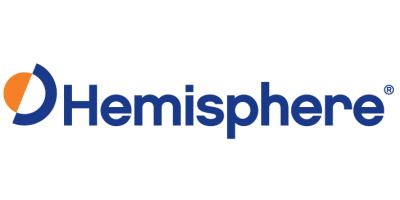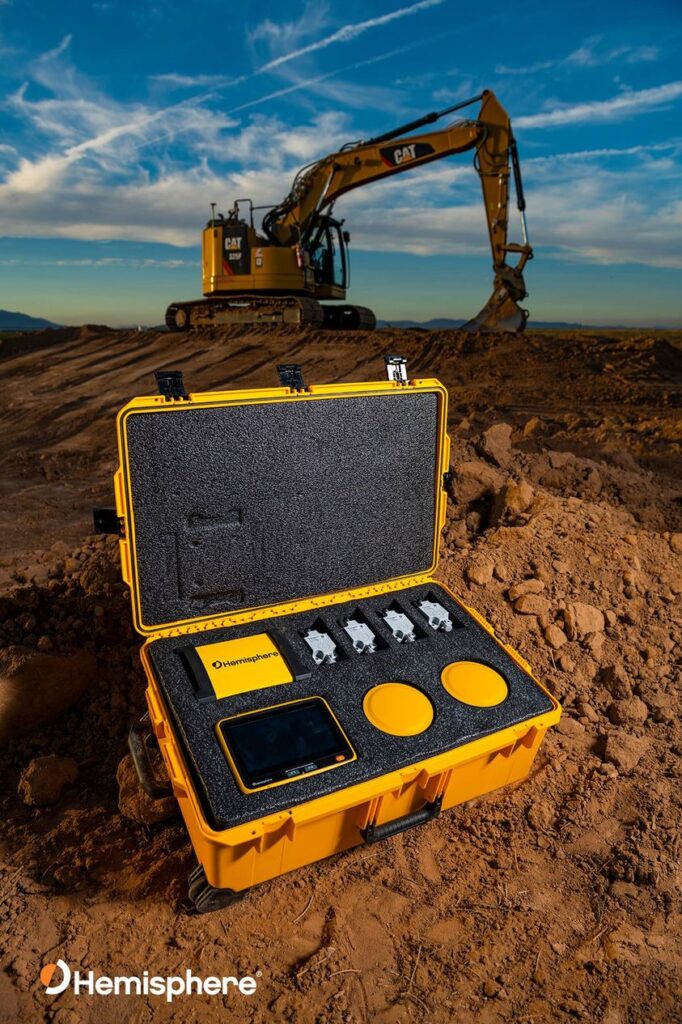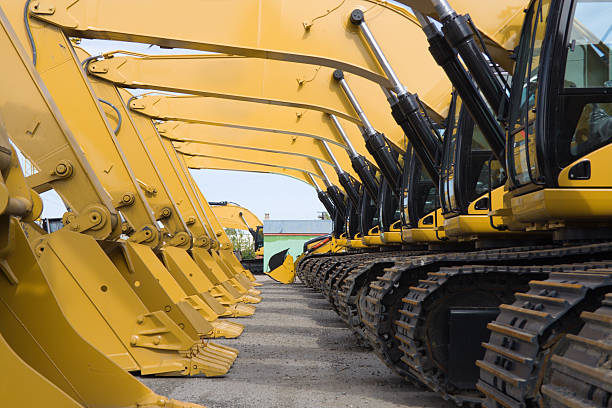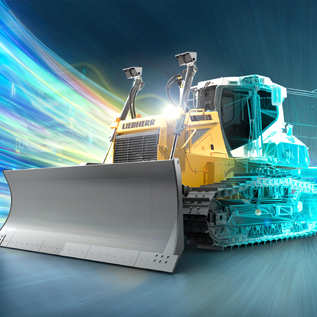Executive Summary
Sy-Klone’s RESPA Cab & Enclosure Products are specialized air filtration and pressurization systems designed to provide clean, safe, and breathable air in the enclosed cabs of heavy-duty machinery. These systems are crucial in environments with high particulate matter and contaminants. This report provides an overview of the RESPA products, their features, benefits, applications, and potential areas for improvement.
Introduction
In industries such as mining, construction, and agriculture, operators often work in enclosed cabs that can be inundated with harmful airborne particles. Sy-Klone’s RESPA Cab & Enclosure Products address these challenges by offering advanced air filtration and pressurization solutions that ensure a cleaner and safer working environment inside the cabs.
Product Overview
Technology and Function
- Advanced Filtration: RESPA products use high-efficiency particulate air (HEPA) filters to capture extremely small particles.
- Pressurization: The system maintains a positive pressure inside the cab, preventing the infiltration of contaminated outside air.
- Fresh Air System: Continuously introduces and filters fresh air into the cab.
Models
- RESPA-CF (Cab Filtration): Provides fresh, filtered air into the cab, reducing particulate concentrations.
- RESPA-SD (Sealed Enclosure): A system designed for recirculating air inside the cab, keeping it clean and pressurized.
Applications
RESPA systems are ideal for:
- Construction vehicles like loaders, graders, and excavators.
- Mining equipment, including underground and surface mining machinery.
- Agricultural vehicles such as tractors and harvesters.
- Forestry equipment.
Benefits
- Health and Safety: Significantly reduces operator exposure to harmful particulates, promoting a healthier working environment.
- Enhanced Visibility and Comfort: Clean air improves visibility and comfort inside the cab, potentially increasing operator productivity.
- Compliance with Regulations: Helps in meeting occupational health and safety regulations concerning air quality in enclosed spaces.
- Versatility: Suitable for retrofitting in a wide range of existing machinery.
Challenges and Areas for Improvement
- Installation Requirements: May require professional installation and modifications to existing cab systems.
- Maintenance: Regular maintenance and filter replacement are necessary to ensure optimal performance.
- Cost and Investment: The initial cost may be a barrier for small operators or businesses.
Conclusion
Sy-Klone’s RESPA Cab & Enclosure Products represent a significant step forward in ensuring clean air quality in heavy machinery cabs. These systems play a critical role in protecting the health and safety of operators, particularly in industries with high exposure to airborne contaminants.
Recommendations
- Implementation: Industries with enclosed cabs in high-particulate environments should consider adopting RESPA systems.
- Continued Innovation: Ongoing research and development to further enhance efficiency, ease of installation, and maintenance.
- Awareness and Training: Inform operators and maintenance personnel about the importance and upkeep of these systems.

